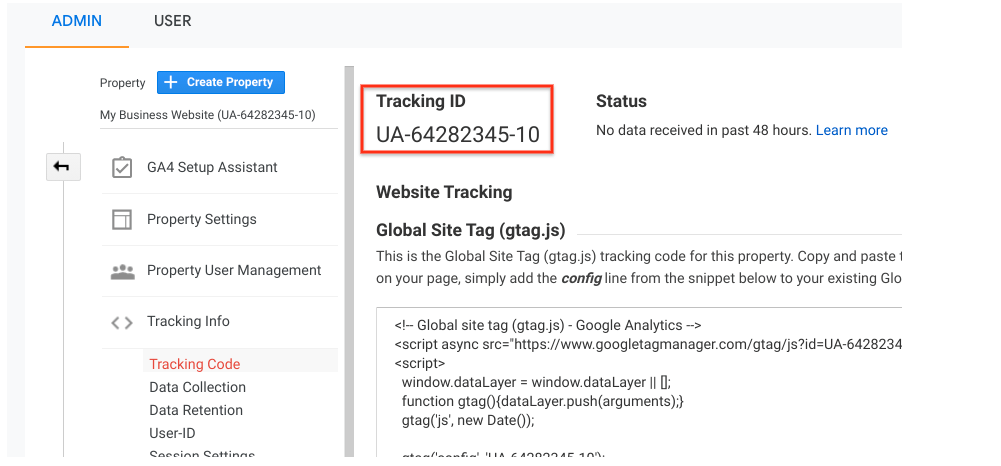Exploring Google Analytics: What Data Does Google Analytics Prohibit Collecting?
Exploring Google Analytics: What Data Does Google Analytics Prohibit Collecting?
Blog Article
Mastering the Art of Overcoming Data Collection Limitations in Google Analytics for Better Decision-Making
In the world of electronic analytics, the ability to essence meaningful understandings from information is vital for educated decision-making. By employing innovative strategies and calculated approaches, organizations can boost their information top quality, unlock concealed understandings, and lead the way for more efficient and informed choices.
Data Top Quality Analysis
Data top quality assessment includes assessing different aspects such as accuracy, efficiency, uniformity, and timeliness of the data. One essential element to think about is information precision, which refers to exactly how well the data shows the real worths of the metrics being gauged.
Efficiency of information is an additional critical factor in examining data quality. It involves making sure that all necessary data factors are accumulated and that there are no voids in the info. Insufficient data can alter analysis outcomes and impede the capability to obtain a comprehensive sight of customer behavior or internet site efficiency. Consistency checks are also crucial in information top quality analysis to identify any kind of discrepancies or anomalies within the information collection. Timeliness is equally important, as obsolete data might no longer matter for decision-making procedures. By prioritizing information high quality analysis in Google Analytics, companies can enhance the dependability of their analytics reports and make even more informed choices based upon accurate insights.
Advanced Tracking Techniques
Utilizing innovative monitoring methods in Google Analytics can considerably improve the depth and granularity of information gathered for more extensive analysis and insights. One such strategy is event tracking, which permits the surveillance of certain communications on a web site, like clicks on buttons, downloads of files, or video clip sights. By implementing event tracking, companies can get a much deeper understanding of customer habits and engagement with their on-line web content.
Additionally, customized dimensions and metrics supply a method to tailor Google Analytics to specific organization demands. Personalized dimensions allow for the development of new information factors, such as customer functions or customer segments, while custom metrics allow the monitoring of one-of-a-kind performance indicators, like income per user or average order value.
Additionally, the use of Google Tag Supervisor can enhance the implementation of tracking codes and tags throughout a web site, making it simpler to manage and deploy advanced monitoring configurations. By taking advantage of these advanced tracking strategies, companies can open useful understandings and optimize their online approaches for far better decision-making.
Custom Dimension Application
To enhance the deepness of data collected in Google Analytics past advanced tracking methods like occasion monitoring, businesses can apply customized dimensions for more tailored insights. Customized dimensions permit companies to specify and collect details data points that relate to their distinct goals and objectives (What Data Does Google Analytics Prohibit Collecting?). By appointing custom dimensions to various components on an internet site, such as customer communications, demographics, or session information, businesses can acquire a more granular understanding of exactly how customers engage with their online residential or commercial properties

Attribution Modeling Approaches
By employing the best attribution design, businesses can precisely connect conversions to the proper touchpoints along the consumer journey. One common attribution version is the Last Interaction design, which Recommended Reading provides credit history for a conversion to the last touchpoint a customer connected with before converting.

Information Tasting Evasion
When handling huge volumes of data in Google Analytics, getting rid of data tasting is necessary to make sure precise understandings are obtained for informed decision-making. Data sampling takes place when Google Analytics estimates patterns in information as opposed to examining the full dataset, potentially causing manipulated outcomes. To avoid data sampling, one efficient method is to decrease the day array being examined. By concentrating on much shorter time frameworks, the possibility of experiencing sampled data declines, giving an extra exact depiction of customer behavior. In addition, using Google Analytics 360, the costs variation of the platform, can help alleviate tasting as it permits for higher information limits before tasting starts. Carrying out filters to narrow down the data being evaluated can also help in staying clear of sampling concerns. By taking these aggressive steps to decrease data tasting, companies can remove much more accurate understandings from Google Analytics, causing much better decision-making and boosted overall performance.
Conclusion
Finally, grasping the art of overcoming data collection constraints in Google Analytics is crucial for making informed choices. By performing an extensive why not look here information top quality navigate to these guys analysis, applying sophisticated monitoring strategies, using personalized measurements, utilizing acknowledgment modeling techniques, and avoiding information tasting, companies can ensure that they have reliable and accurate information to base their decisions on. This will ultimately bring about more reliable techniques and better results for the company.

Report this page